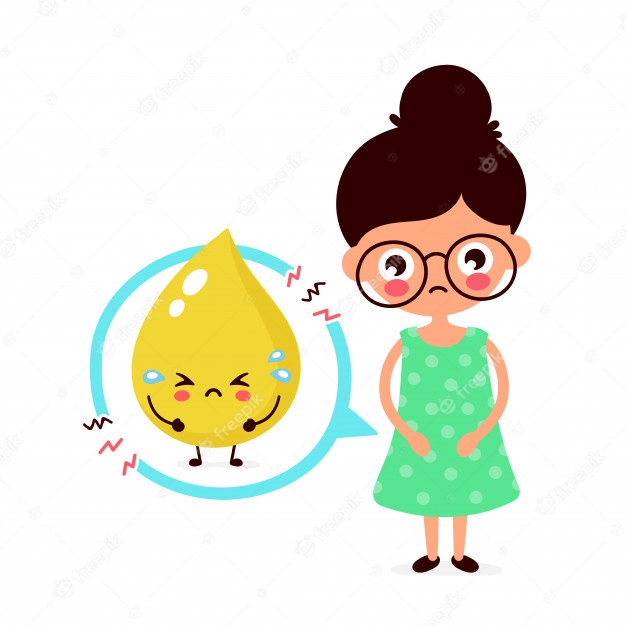CT Scan also known by the name ‘Computed axial tomography’ or CAT scan,
combines x-rays and computer technology processing to make very detailed
images. It can clearly show tissues and organs to help the doctor in his diagnosis. These images can be stored, viewed, or printed on a film.
A CT scan is so designed to show the difference between solids and liquids. It also helps find tumors, cysts, masses, and stones. Sometimes special dyes are injected to make the image sharper. The 3-D images that are produced by CT scans can help a surgeon plan his surgery.

A CT scan works by using very small, controlled beams of x-rays that pass
through your body as they spin in a circle around you. Thousands of images are collected within one scan. This data is collected within seconds, without any gap between images. The computer puts the data together to produce complete and detailed pictures. The computer is used to make a 3-D picture of your body.
Procedure

The CT scan is performed in a hospital or a radiology office, conducted by a
radiologist or technician. The patient will be asked to lie on a narrow table that slides into the centre of the scanner. A dye may be inserted into a vein in your hand or arm. The technician will instruct you to change position as and when needed, lie still, or hold your breath. After the test, you can get back to your normal activities.
Risks
A CT scan is usually considered to be a safe procedure. The major risk is a
reaction to the iodine-based dye.
Minor reactions include:
Hot flashes
Nausea
Vomiting
These can be treated with antihistamines.
In rare cases, more severe problems can occur. These include:
Trouble in breathing
Low blood pressure
Swelling of the mouth or the throat
Heart attack
More Information
The amount of radiation used in this test is rather low. Women who are (or may be) pregnant should tell their urologist before the test.
Contact 080 28483939 for more information on Ultrasound Imaging at our
Specialized Clinic, ReSCUE Urology Hospital in Bangalore, Kengeri.



